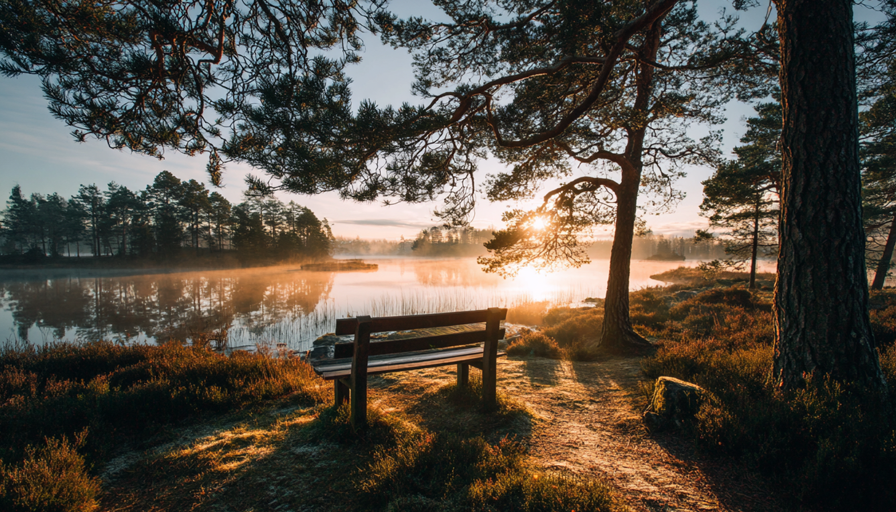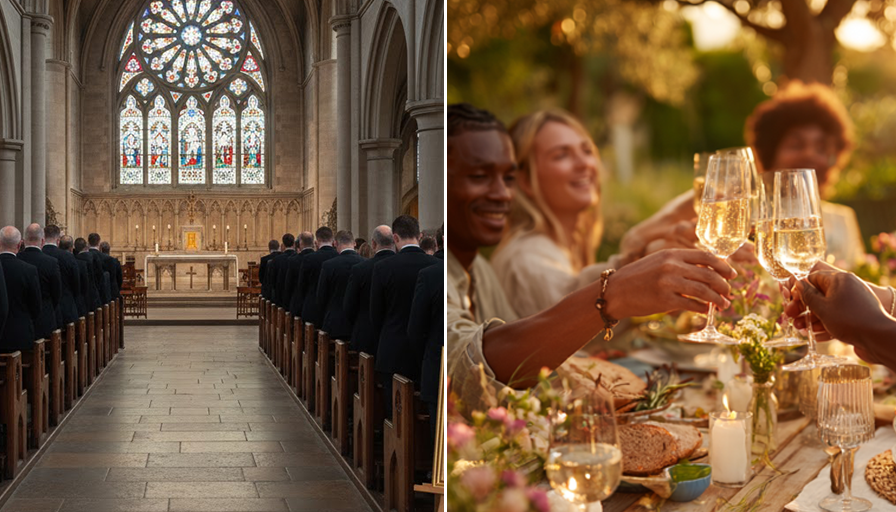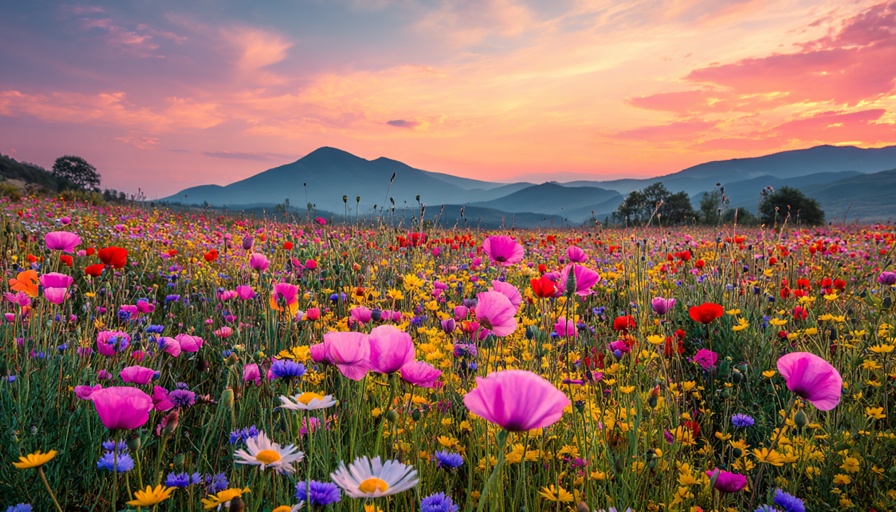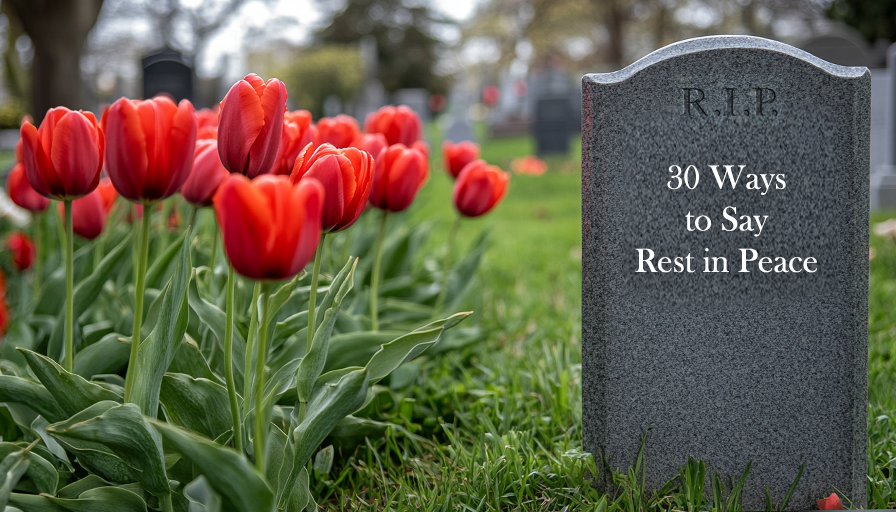Understanding Buddhist Funeral Traditions: A Compassionate Guide to Burial and Cremation Rituals
Death in Buddhism is not seen as the end of existence but as a continuation of the soul’s journey through the cycle of life, death and rebirth. For those who follow Buddhist teachings or wish to honour someone who did, understanding these funeral customs offers comfort, clarity and connection. Rooted in centuries of wisdom, Buddhist funeral traditions are designed to help both the living and the departed find peace through mindfulness, compassion and acceptance. This guide explores the beliefs that shape Buddhist funerals, the rituals performed before and after death, and the spiritual meaning behind every symbolic gesture.
The Buddhist View of Death and Rebirth
Central to Buddhism is the concept of samsara, the endless cycle of birth, death and rebirth. Each life is an opportunity for spiritual growth, influenced by karma, the sum of one’s actions, intentions and thoughts. A kind and compassionate life leads to a favourable rebirth, while harmful actions may result in suffering in the next existence. Death is therefore not feared but accepted as part of a greater natural order. Grief is human, but attachment and clinging are viewed as sources of suffering. For Buddhists, mourning is not only an expression of love but also a practice of letting go, wishing the departed a peaceful transition into their next life. This profound understanding shapes every ritual, from the moment of death to the final farewell.
When a Buddhist Passes Away
When a Buddhist person dies, calmness and respect are essential. The body is typically left undisturbed for several hours, sometimes longer, allowing the mindstream, or continuum of consciousness, to leave the body peacefully. Moving or touching the body too soon is believed to disrupt this spiritual transition. Family members or close friends may invite monks or nuns to the home to recite sutras, sacred chants that guide the soul and remind the living of life’s impermanence. Candles, incense, flowers and sometimes a photograph of the deceased are placed near the body, creating a tranquil, meditative setting. Loved ones may sit nearby in silent reflection or prayer, focusing not on sorrow but on sending compassion and good wishes to the departed. These early moments after death are considered sacred, a bridge between this life and the next.
The Funeral Ceremony
Buddhist funeral ceremonies vary across countries and schools of Buddhism, but their purpose remains the same: to honour the deceased, to reflect on impermanence and to cultivate compassion among the living. The service is often led by a monk or spiritual teacher and may take place in a temple, a funeral hall or at home. Central to the ceremony are chanting, meditation and the recitation of teachings about death and rebirth. Each sound of the bell and each verse recited remind mourners that life is fleeting and that all beings are interconnected.
Offerings and Symbolism
During the ceremony, offerings such as incense, flowers, candles and fruit are placed near the casket or urn. Each carries deep meaning. Incense purifies thoughts and intentions, guiding the spirit with clarity. Flowers represent the transient beauty of life, blooming briefly before returning to the earth. Candles symbolize wisdom and enlightenment, dispelling the darkness of ignorance. Friends or family members may share short reflections or prayers of gratitude, focusing not on loss but on the virtues of the person who has passed. The atmosphere remains calm and contemplative, more meditation than mourning.
Cremation and Burial in Buddhism
Why Cremation Is Common
Cremation is the most widely practised method in Buddhist funerals, symbolizing the release of the soul from the physical body. The Buddha himself was cremated, and many followers view this as an act of spiritual liberation, returning the body to its natural elements. Before the cremation, monks or family members may chant or meditate near the body to guide the soul toward a peaceful rebirth. The ashes are then carefully collected and placed in an urn, a sacred vessel that holds both memory and meaning. Many families choose to keep the urn at home in a shrine or private space, while others place it in a columbarium or temple, or scatter the ashes in a natural place such as a river, garden or mountain. The act of choosing what to do with the ashes is deeply personal and should reflect the wishes and spirit of the deceased.
Buddha Urns: A Peaceful Tribute
For families seeking a symbolic and serene way to preserve ashes, Buddha cremation urns are a meaningful choice. Each design reflects peace, enlightenment and compassion, the core principles of Buddhist philosophy. Crafted from fine materials and finished with care, these urns serve not only as memorials but as spiritual reminders of mindfulness and eternal balance. Explore our Buddha Cremation Urns collection to find a design that brings serenity and connection to your memorial space.
For many families, the Buddha figure itself holds profound spiritual meaning. It represents serenity, mindfulness and the release from earthly attachments, values that align perfectly with the Buddhist view of death and rebirth. If you wish to understand more about how Buddha-inspired designs embody peace and reflection, you can read our dedicated article “Buddha Cremation Ashes Urn, a Peaceful Memorial” for deeper insight into their symbolism and craftsmanship.
The Mourning Period and Memorial Rites
In Buddhism, remembrance does not end with the funeral. Rituals often continue for days or even months, helping both the soul and the bereaved find equilibrium. Many families observe special ceremonies on the seventh, forty-ninth and one hundredth days after death. The forty-ninth day is particularly significant, as it marks the time when the soul is believed to complete its transition into the next realm or rebirth.
Acts of Merit
During this period, families may engage in merit-making, performing acts of kindness or generosity in honour of the deceased. Examples include donating food or supplies to monks and temples, giving to charity or helping those in need, or releasing birds or fish as symbols of compassion and freedom. These acts generate positive karma not only for the departed but also for the living, reinforcing the Buddhist belief in interconnectedness and the transformative power of good deeds. Even years later, many Buddhists continue to hold annual memorials, visiting temples, lighting incense and chanting sutras to express gratitude and remembrance. These traditions help weave loss into daily life with mindfulness and grace.
Symbols and Their Spiritual Meanings
Every element of a Buddhist funeral carries symbolic weight, reminding mourners of impermanence and the path toward enlightenment.
| Symbol | Meaning |
|---|---|
| Incense | Purifies the mind and symbolizes the spreading of virtue |
| Flowers | Represent the fragility and beauty of life |
| Candles | Symbolize wisdom and the illumination of truth |
| Bells or gongs | Mark moments of mindfulness and transition |
| White clothing | Represents purity, humility and detachment |
| Silence | Allows for inner reflection and peace |
In many traditions, mourners wear white rather than black. Silence itself becomes a sacred act, a way to honour the dead and turn inward, acknowledging the shared truth of impermanence.
How Non-Buddhists Can Show Respect
You do not need to be Buddhist to attend or participate in a Buddhist funeral. Respect, mindfulness and sincerity are what matter most. Guests are encouraged to dress modestly in subdued colours, remove shoes when entering temples or sacred spaces and follow the lead of others when offering incense or bowing. Participation in chanting is optional, but quiet presence is a form of honour in itself. It is not about performing rituals perfectly, but about being present with compassion. Even a silent bow can be a profound expression of respect.
Spiritual Lessons Behind the Rituals
Buddhist funeral customs do more than honour the dead; they teach the living. They remind us that life is fleeting and that peace comes from acceptance, compassion and awareness. By meditating on death, Buddhists learn to live with deeper purpose and kindness. Every chant, every offering and every act of remembrance encourages mindfulness and gratitude. These ceremonies also bring comfort to those who grieve. They provide structure, giving mourners a path to channel sorrow into reflection and positive action. In understanding impermanence, we rediscover what endures: love, virtue and the wish for peace for all beings.
Continuing the Legacy: Honouring a Loved One
Honouring a loved one in the Buddhist tradition is not only about ritual but about intention. Whether through daily meditation, compassionate acts or creating a serene memorial space at home, remembrance becomes an ongoing practice of love and mindfulness. If you wish to preserve the memory of someone who lived by Buddhist values, a Buddha urn or Asian-inspired cremation urn can be a fitting tribute. These urns, available at legendURN, reflect serenity, balance and respect for all forms of life. Each piece is crafted with care, transforming remembrance into a timeless symbol of spiritual harmony.
Final Reflection
Buddhist funeral traditions invite us to view death not as an end but as a transformation, a return to the eternal flow of existence. Through prayer, chanting and acts of compassion, families create a bridge between worlds, honouring the departed while nurturing peace within themselves. In celebrating life’s impermanence, Buddhists affirm a universal truth, that love, kindness and mindfulness continue far beyond the boundaries of life and death.
Need Guidance?
If you wish to learn more about Buddhist urns, cremation practices or selecting a suitable memorial, our team at legendURN is here to help. Every piece in our collection is designed with care and reverence, offering you a peaceful way to honour those who have passed.
Feel free to contact us for personal advice or visit our Buddha Urns Collection to explore timeless designs that embody serenity and remembrance.














